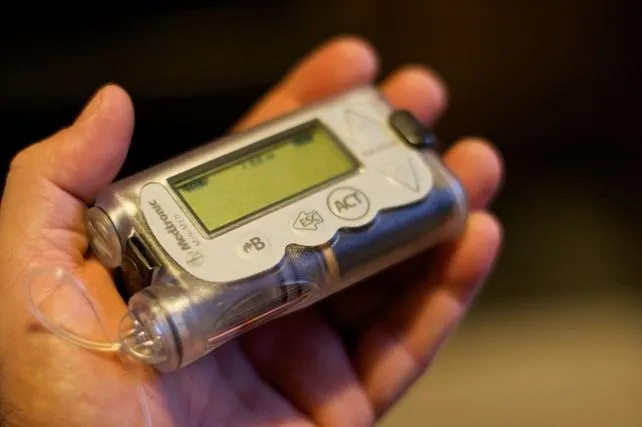
Diabetes associations ask for more insulin bomb security
It is not known enough about the safety and effectiveness of insulin bombs and a comprehensive review of their safety is needed, including greater access to manufacturers and public financing of research on the use of these devices,In order for health care teams to form and support the use of these mechanisms, according to a joint declaration of the American Diabetes Association and the European Association for the Study of Diabetes, made public on Monday and will be published in the edition ofApril of the magazine 'Diabetes Care'.
The statement includes a list of recommendations aimed at stimulating "the adoption of a more rigorous, standardized and transparent approach to security."Currently, the North American Medication Agency (FDA) carries out more rigorous reviews of devices such as the bombs than the European Union.Therefore, the statement urges the FDA and the EU to harmonize the rules for the manufacturing companies of insulin pumps.
It also recommends providing a single database, public access, international to inform about adverse events, including technical and human errors;Demand manufacturers to facilitate access to information, such as how many people use their products and the results of studies that evaluate new pump design features;and provide more financing for independent clinical trials on "safety, efficacy, results and adhesion under conditions of the real world", among other suggestions.
"Technology is rapidly evolving to treat diabetes, 'says Anne Peters, director of the Clinical Diabetes Program of the University of Southern California and one of the main authors of the Declaration-although this is good, we do not have very goodSurveillance after the commercialization of devices such as insulin pumps, especially in Europe, where manufacturers often introduce products before launch in the United States. "
"We have to make sure that we have enough data about how the devices are working once they read to the market, so that we can support patients, helping them understand how to avoid errors in their use," adds this expert.Approximately one million people use insulin pumps (continuous infusion of subcutaneous insulin) worldwide and most people who use these devices suffer from type 1 diabetes, although some patients with type 2 diabetes also use them.
Peters points out that the biggest problem among their patients who use pumps is that devices can break and when they do it can take a couple of days to get a replacement.This specialist understands that anyone who uses a pump must count a "plan in case of bomb failure", which includes maintaining a current list of the pump settings and having a prolonged action insulin at hand.
(EuropePress)

03/18/2015 10:31 a.m.
@fer - Diabetes Tipo 1 desde 1.998 | FreeStyle Libre 3 | Ypsomed mylife YpsoPump + CamAPS FX | Sin complicaciones. Miembro del equipo de moderación del foro.
Co-Autor de Vivir con Diabetes: El poder de la comunidad online, parte de los ingresos se destinan a financiar el foro de diabetes y mantener la comunidad online activa.
